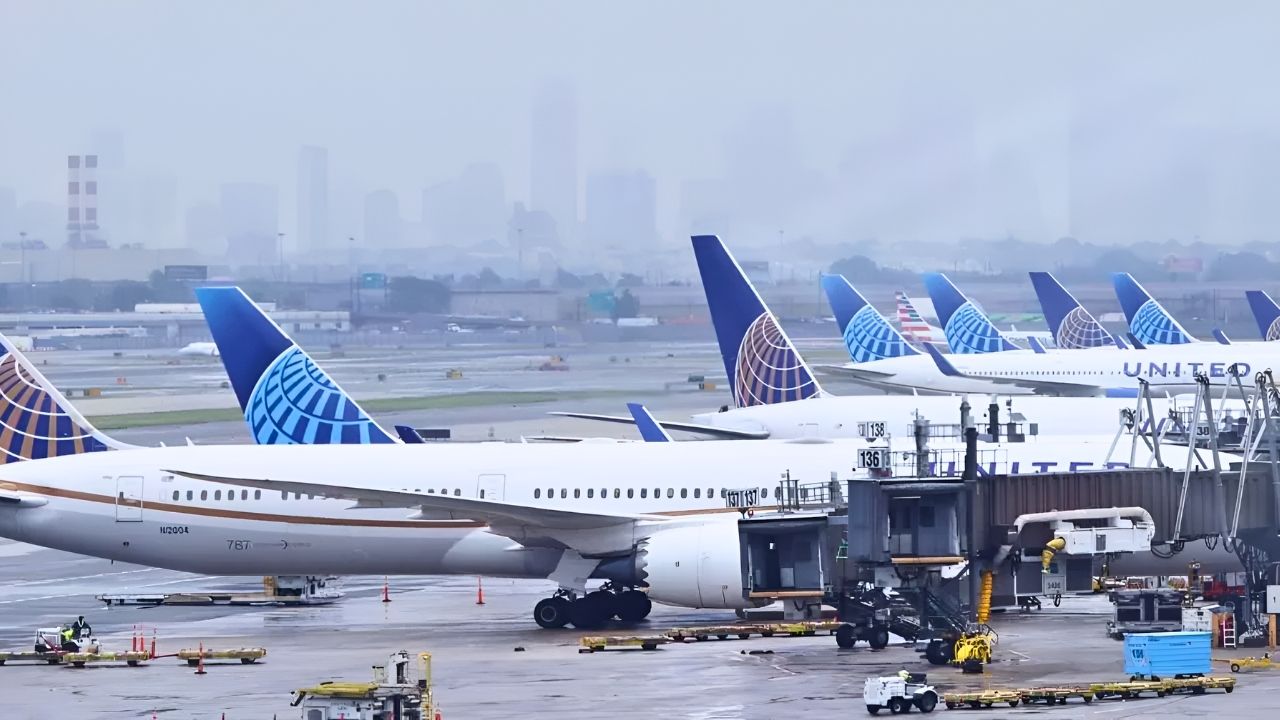
Thousands of travelers woke to chaos on November 16, 2025, as U.S. airlines faced 1,808 flight disruptions. SkyWest, Southwest, United, JetBlue, and Alaska Airlines were among the hardest hit, leaving families stranded and corporate schedules in disarray. FAA Administrator Bryan Bedford noted a “steady decline in staffing concerns,” yet the system remained fragile.
With holiday travel looming and staffing and weather pressures colliding, the day revealed vulnerabilities that paralyzed operations. Here’s what went wrong and why it mattered.
Who Was Most Affected?
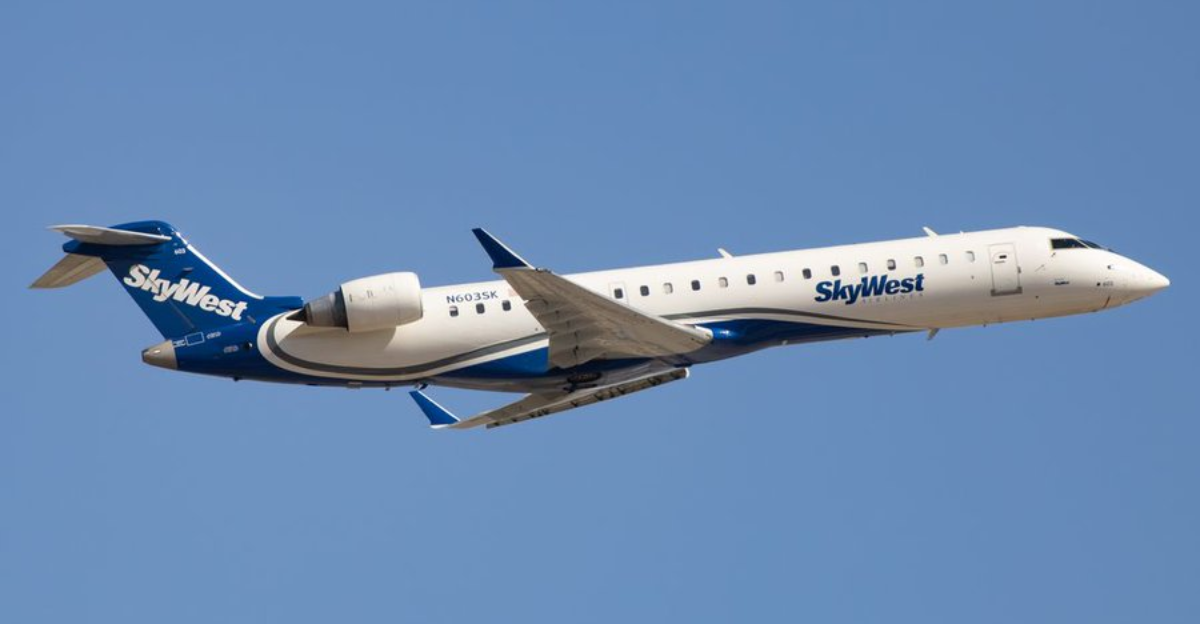
Airlines like SkyWest led with 71 cancellations and 100 delays. Southwest had 61 cancellations and 190 delays. United, JetBlue, and Alaska also reported major setbacks, while regional carriers such as Envoy Air and Republic experienced secondary disruptions. The title’s focus on “airlines facing” delays reflects their central role in the crisis.
Passengers, too, felt the impact. Roughly 270,000–360,000 travelers faced delays, and 45,000–60,000 were stranded. Hospitality and ground service workers, airport retailers, and rental companies also suffered cascading losses. Small businesses reliant on holiday traffic faced serious setbacks. This ecosystem-wide disruption shows why November 16 became a turning point in travel stress.
Staffing Strain Behind the Scenes
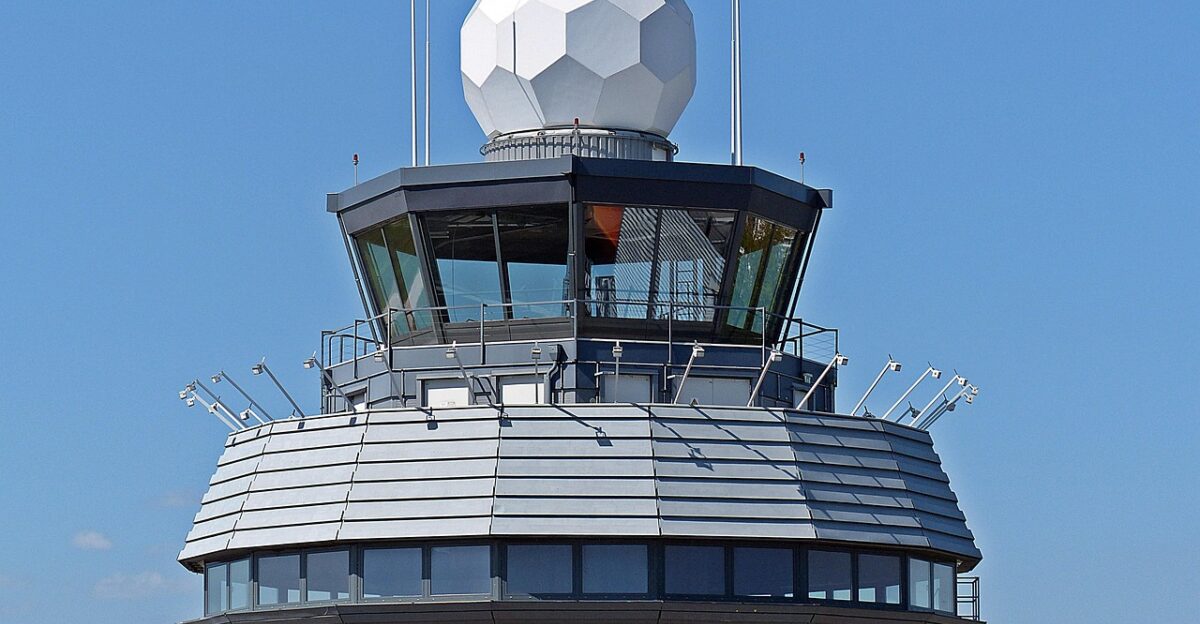
Air traffic controllers worked without pay during the 43-day government shutdown ending November 12. NATCA President Nick Daniels stated, “Missing just one paycheck can be a significant hardship…simply not sustainable” on October 30. Many controllers sought second jobs to meet basic expenses, compromising operational stability during a critical recovery period.
The system’s fragility lingered even after shutdown relief. FAA staffing triggers on November 16 showed only a minor improvement from peak shortages, indicating residual stress. As a result, delays multiplied, cancellations triggered chain reactions, and travelers experienced severe disruptions despite partial system recovery. But staffing alone didn’t tell the whole story.
Weather Compounded Delays
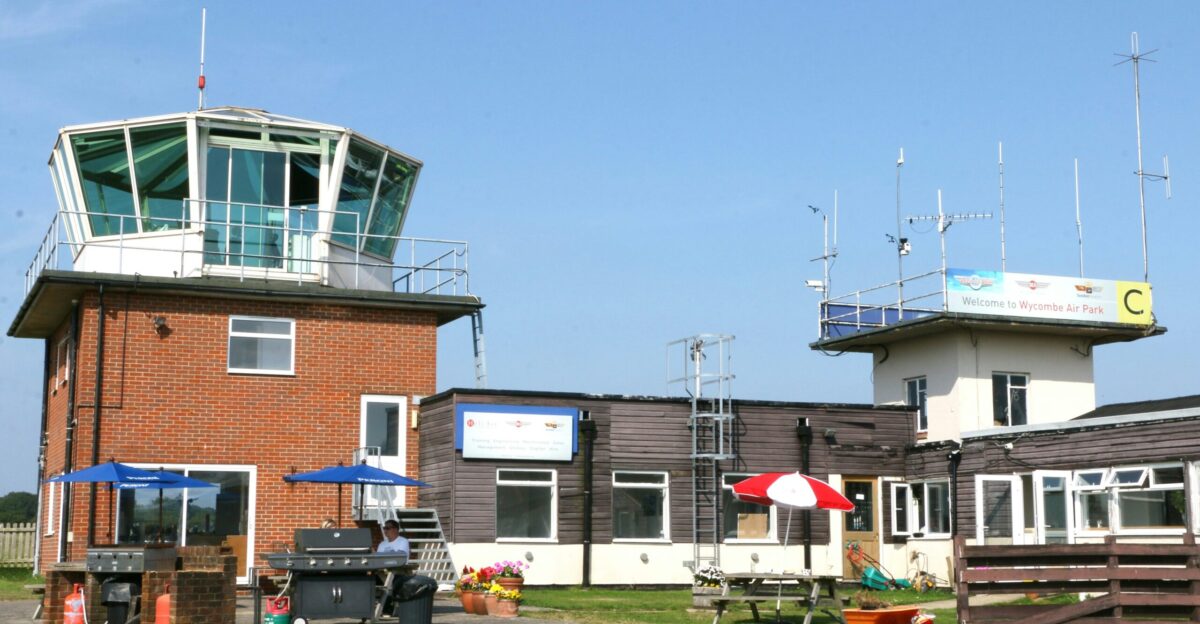
Fog, thunderstorms, and heavy rain affected major hubs like LAX, SFO, and Chicago O’Hare. Weather reduced runway capacity and required pilots to increase separation, slowing operations. Although secondary to staffing, these conditions amplified the disruption’s effect, particularly during peak pre-Thanksgiving travel. Some airports faced both weather and staffing simultaneously, intensifying delays.
Weather’s impact wasn’t uniform. While the Northeast and Midwest bore the brunt, West Coast hubs also struggled with fog and rain. These conditions, combined with delayed aircraft repositioning, created ripple effects through the national network. The interplay of staffing instability and weather ensured that November 16’s 1,808 disruptions felt system-wide.
The Scale of Disruptions
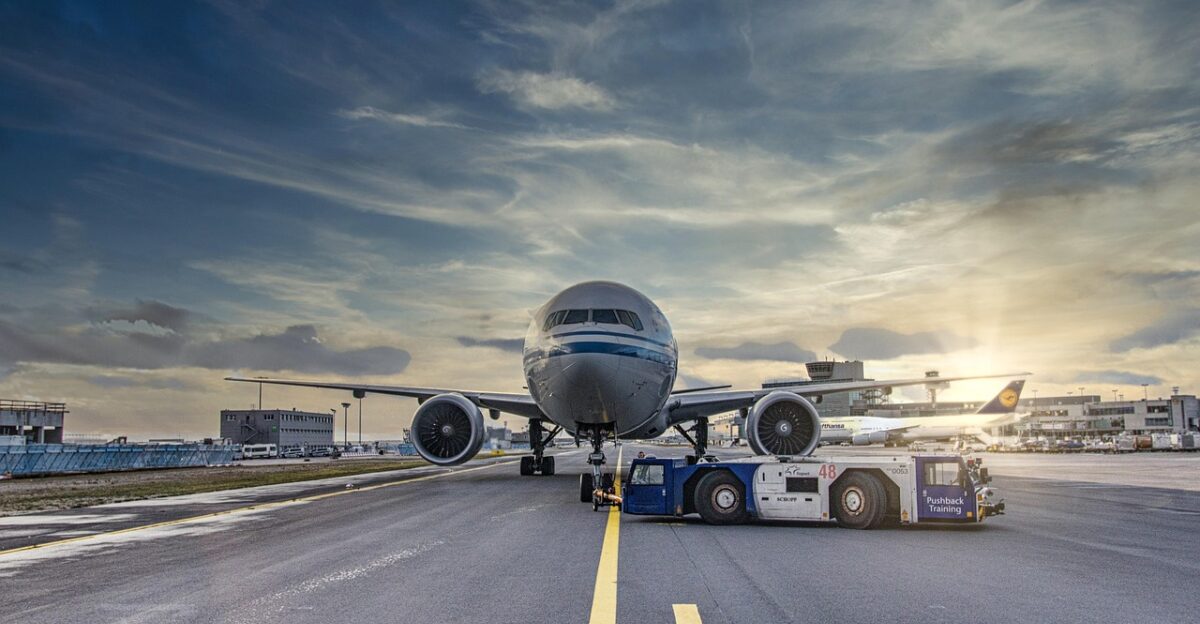
November 16 saw 1,808 total disruptions: 300 cancellations and 1,508 significant delays. SkyWest led cancellations, Southwest led delays. Major hubs bore concentrated impacts—Chicago O’Hare recorded 29 cancellations and 101 delays, LAX 16 cancellations and 123 delays, and Newark 27 cancellations and 44 delays. These figures validate the “paralyze” description.
In total, disruptions affected roughly 7% of daily U.S. flights, far exceeding normal cancellation rates. The delayed and cancelled flights forced passengers onto overbooked alternative routes and caused chain disruptions lasting several days. However, examining the breakdown of cancellations and delays reveals why the system teetered rather than fully collapsed.
Passenger Frustration Mounts
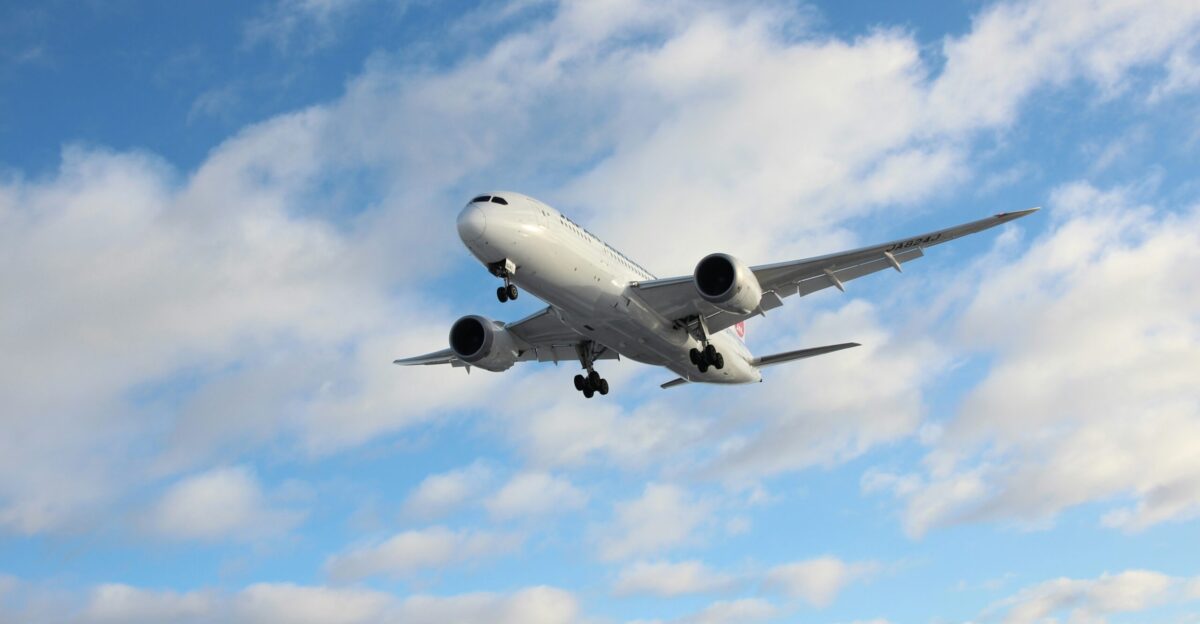
Passengers faced long waits, crowded terminals, and missed connections. Families traveling for the Thanksgiving period scrambled to rebook flights, secure hotels, or find alternative transport. Corporate travelers risked missed meetings and lost business, intensifying financial and logistical pressures. Stranded passengers created a visible image of a travel system under severe stress.
Some travelers slept in terminals, reflecting the operational strain. Hotels experienced spikes in cancellations, and rental car shortages forced travelers into premium options. The sensory reality confirmed the headline’s urgency: widespread disruption created the appearance of paralysis, even if most flights ultimately operated. The system showed stress that would last beyond November 16.
Economic Ripples Across Industries
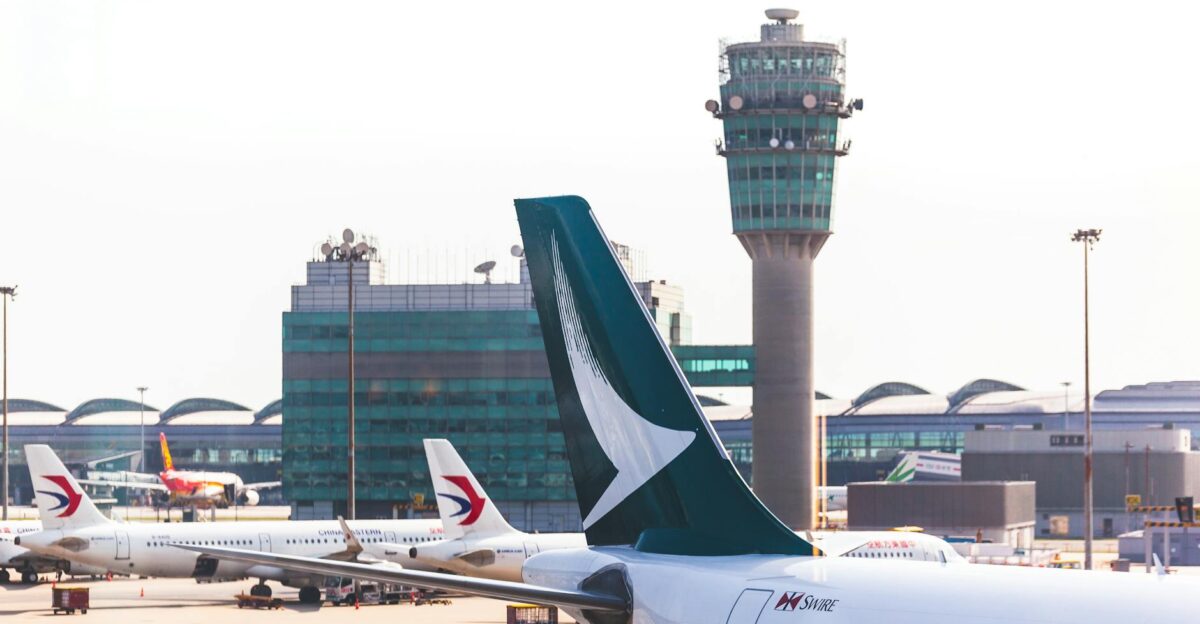
Airline operational losses on November 16 alone reached $27–54 million. Passenger economic losses ranged from $15–30 million due to missed meetings, rebookings, and lost wages. Hotels lost $9–22 million in daily revenue, and airport retailers faced $50,000+ losses per site. The combined impact exceeded $100 million across airlines, hospitality, and ground services.
Small hotels and independent businesses were especially vulnerable. Credit card disputes from unused bookings created further strain. Rental car companies reported surges of 20–30% in demand, creating logistical chaos. The system-wide effects confirmed that even short-term travel disruptions can cascade into widespread financial consequences for multiple stakeholders.
Timing Intensifies Impact

November 16 fell four days after the government shutdown ended, during a narrow recovery window. Airlines and staff had not fully adjusted to resumed operations. Aircraft mispositioning, residual staffing gaps, and incomplete scheduling amplified the effect. Recovery remained fragile, leaving travelers exposed to delays despite official lifting of emergency orders.
The proximity to Thanksgiving heightened consequences. AAA projected 6.1 million Americans would fly that week, a 2% year-over-year increase. Disruptions during this high-travel window threatened holiday plans, hotel stays, and corporate schedules alike. The date’s timing magnified passenger frustration and financial consequences, setting up systemic stress that would unfold in the following days.
System Fragility Exposed

Delta CEO Ed Bastian stated, “The reality is that there was stress, there was strain, it was completely unnecessary” on November 12. Even minor staff fluctuations caused amplified delays. Despite record revenues and modern infrastructure, the U.S. aviation system remained sensitive to small disruptions, showing limited resilience buffers.
Residual vulnerability meant that a single weather event during this fragile period triggered widespread issues. Airlines struggled to reposition aircraft and schedule crews, illustrating how minor shocks can propagate rapidly. The day highlighted systemic weaknesses that extended beyond staffing, revealing operational stress points hidden during normal flight volumes.
Cascading Flight Effects
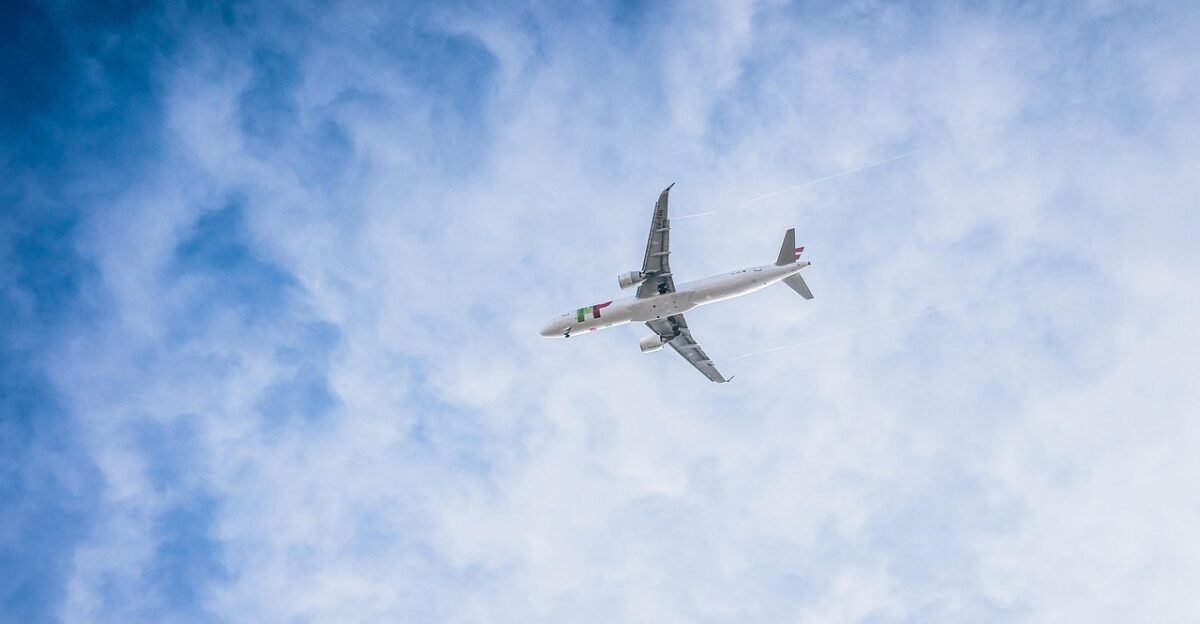
Cancelled flights stranded 45,000–60,000 passengers. Delays of 1,508 flights affected 225,000–300,000 travelers directly, with further indirect impacts. Crew duty limits exacerbated rescheduling challenges. A single cancelled leg caused aircraft to miss subsequent flights, creating a ripple effect that continued for days and stressed the national network.
Regional carriers like SkyWest faced the brunt, lacking reserve capacity. Larger airlines offered premium pay to incentivize extra trips, but limitations remained. Passenger rebooking, crew rotations, and aircraft positioning combined to maintain disruptions for days. These dynamics illustrated how system-wide “paralysis” emerges even if most flights continue operating.
Supply Chain Disruptions
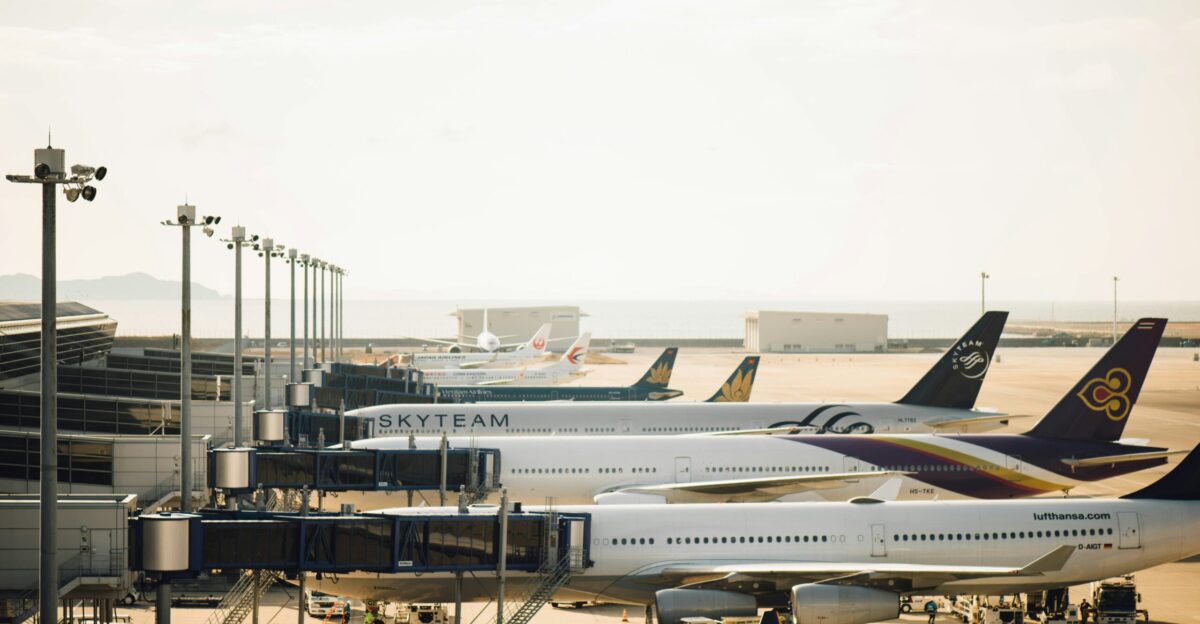
Cargo flights and logistics networks felt delays. Emergency flight reduction orders restricted operations at 40 airports. Time-sensitive shipments, medical supplies, and freight were delayed, while ground logistics struggled with misaligned aircraft. Airlines’ operational challenges rippled into the supply chain, highlighting the broader economic consequences beyond passenger inconvenience.
Freight delays underscored the fragility of interconnected networks. Ground logistics, regional carriers, and cargo transport were forced to adjust to aircraft unavailability and crew shortages. These unseen impacts amplified total disruption costs, showing that a single day of operational instability can have far-reaching consequences for multiple industries.
Alternative Travel Surges

Stranded passengers sought cars, trains, and rideshares. Hertz reported a 20% year-over-year increase in one-way rentals; Turo bookings jumped 30%. Amtrak expected record Thanksgiving reservations. Alternative transport demand strained available resources, driving up costs and forcing travelers to find creative solutions. The effects reached far beyond airports themselves.
Secondary disruptions reflected the interdependency of the travel ecosystem. Rental car shortages, hotel capacity constraints, and public transport congestion created amplified stress for travelers. Alternative travel demand reinforced the perception of widespread system paralysis, even when flights resumed on schedule. Passengers and businesses both experienced operational and financial stress simultaneously.
Hospitality Sector Impact

Hotels lost $9–22 million daily due to stranded travelers and cancellations. AHLA data highlights cascading revenue loss, particularly for small, independent hotels. Credit card disputes increased as passengers refused to pay for unused rooms. The hospitality sector experienced a direct, measurable hit, linked tightly to airline disruptions.
Restaurants and airport retailers faced $50,000+ daily losses across major hubs. The holiday season intensified the stakes, creating long-term cash flow pressures for small businesses. Disrupted travelers who could not secure lodging or dining options highlighted the fragility of interconnected services, reinforcing why staffing and weather combined to “paralyze” holiday travel.
Economic Consequences Summarized

Combined operational losses reached $100M+ across airlines, hotels, and retail sectors. Airlines lost $27–54M, passengers lost $15–30M, and hotels lost $9–22M. Additional economic ripples affected 200–300 restaurants and airport retailers. The cascading effects demonstrate that a single day of disruptions can trigger widespread financial losses beyond the aviation industry.
The November 16 disruptions illustrate how interconnected systems amplify stress. Even when 75% of flights operated normally, the remaining disruptions produced economic, logistical, and personal consequences across multiple industries. This systemic exposure highlights the fragility of modern air travel infrastructure in peak-season scenarios.
System Recovery Begins Slowly
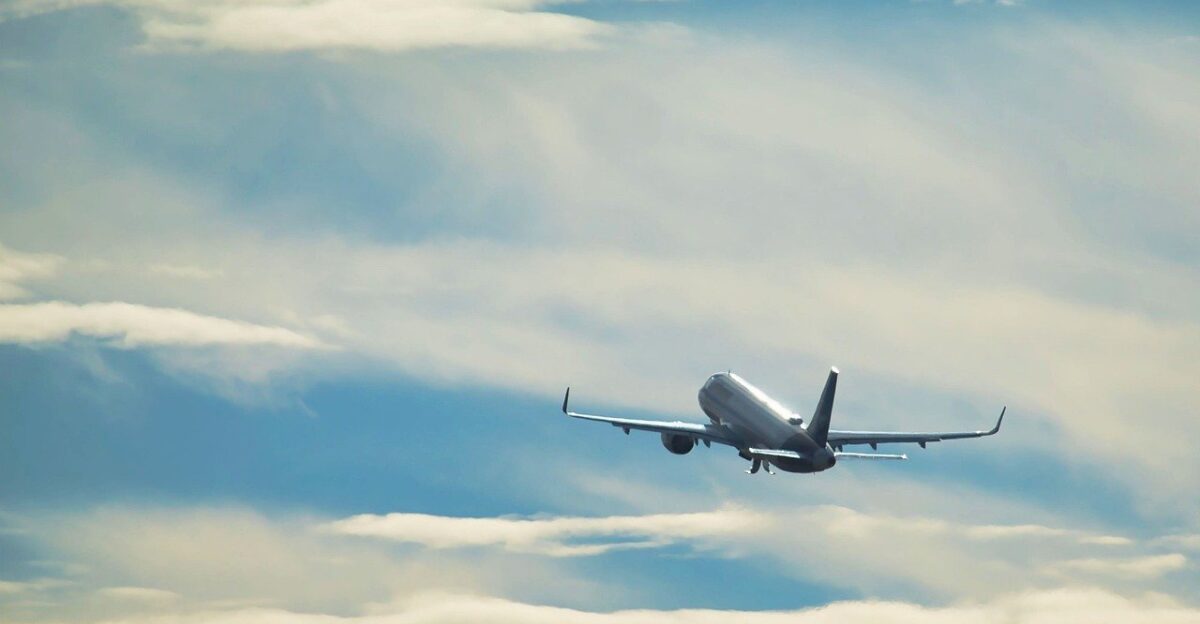
By November 17, some flights resumed schedules, yet misaligned crews and stranded aircraft continued to delay recovery. FAA monitoring showed reduced staffing triggers, but residual operational fragility persisted. Airlines prioritized rebooking and repositioning to normalize the network, reflecting the slow, multi-day recovery typical after systemic disruptions.
Passenger experience remained uneven. Delays continued for connecting flights, hotels were fully booked, and rental cars remained scarce. The recovery window demonstrates how quickly small disruptions can cascade into multi-day operational stress. Travelers and airlines alike learned the limits of the system’s ability to absorb shocks without cascading effects.
Lessons for Airlines

Delta and United CEOs emphasized system vulnerability and operational stress. Even minor staff shortages or weather events can ripple through a tightly scheduled network. Airlines face ongoing pressure to maintain buffers, cross-train crews, and improve contingency planning to prevent similar mid-November disruptions in future peak travel periods.
The November 16 event offers insights into resource management, crew scheduling, and contingency planning. Residual vulnerabilities in regional carriers and hub operations became evident. Airlines must balance cost-efficiency with resilience to prevent minor disruptions from snowballing. Future winter peaks will test whether lessons from this disruption have been implemented.
Holiday Travel Implications
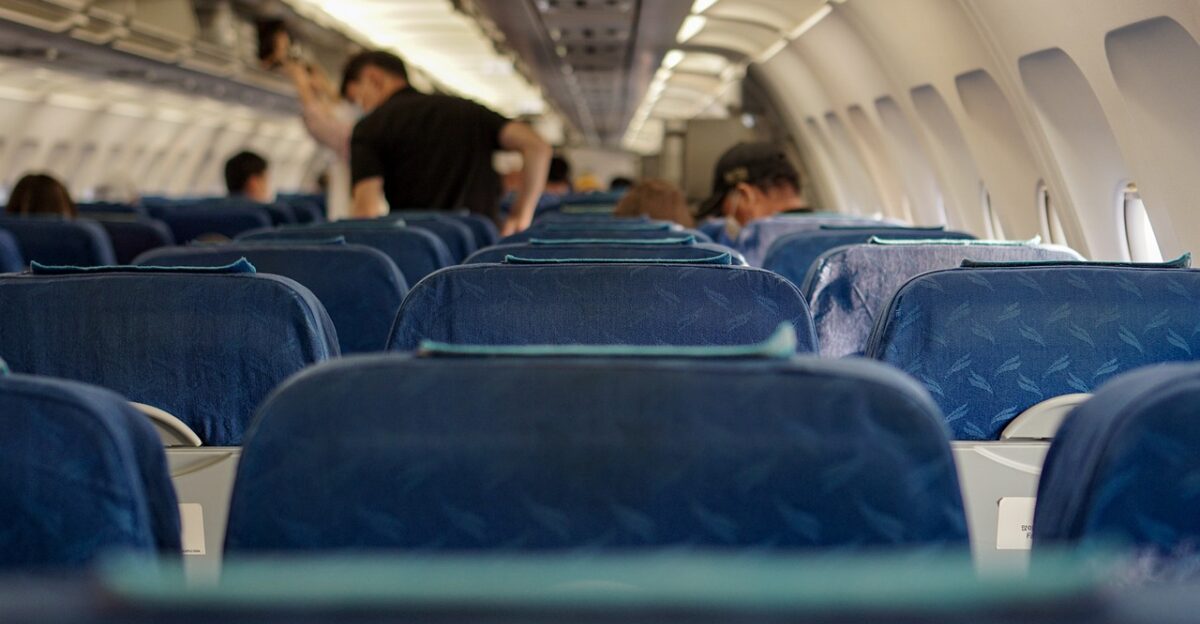
Thanksgiving week travel faced heightened uncertainty. AAA projected 6.1 million flyers during peak week, and delays threatened schedules, hotel bookings, and corporate commitments. The disruptions offered travelers a stark reminder of how even small staffing shortages and weather events can ripple across the holiday travel ecosystem.
Airlines, passengers, and supporting industries faced ongoing ripple effects. Hotel and rental car constraints persisted, and supply chains adjusted slowly. The mid-November disruption underscored the need for contingency planning across the travel sector. Travelers were forced to plan early and anticipate delays, with lessons extending into December holiday travel.
Final Takeaways

Staffing shortages, weather, and residual system stress caused 1,808 U.S. flight disruptions on November 16. The effects spanned airlines, passengers, hospitality, and logistics, creating $100M+ in cumulative losses. Verified quotes from FAA officials and industry executives confirm the accuracy of the headline and its claims about paralyzing travel.
While most flights operated normally, the interconnected nature of air travel magnified delays and cancellations. The disruption highlighted operational fragility during peak travel, the cascading economic impact, and the human cost for passengers and workers alike. Lessons from November 16 will shape U.S. travel management in the months ahead.


